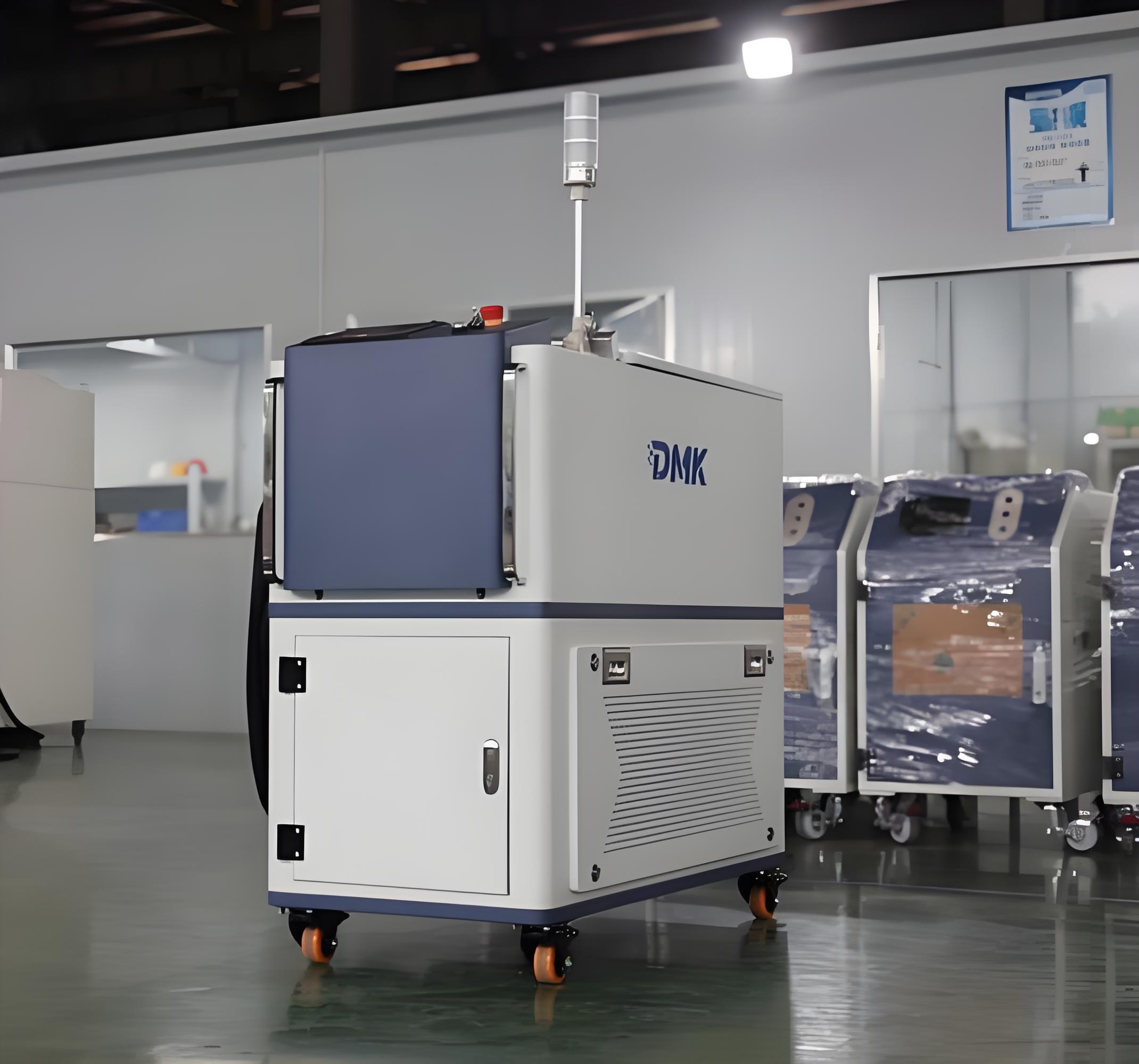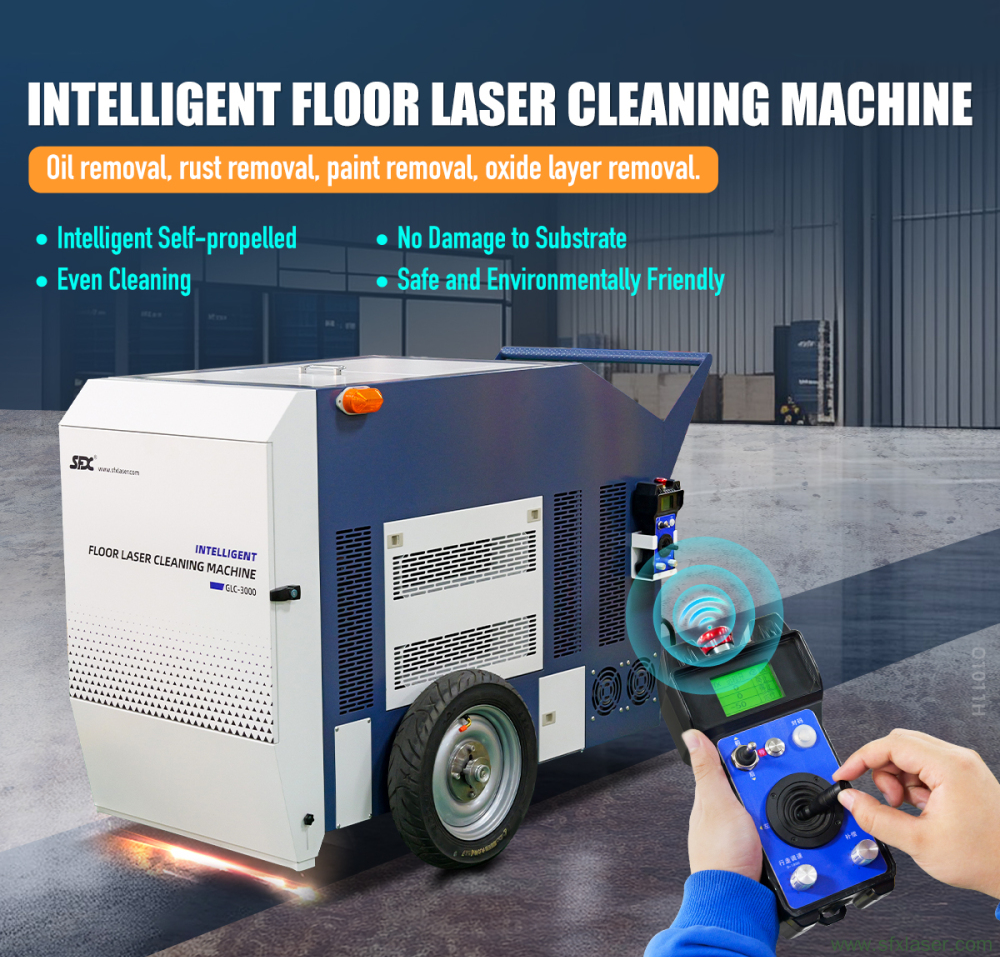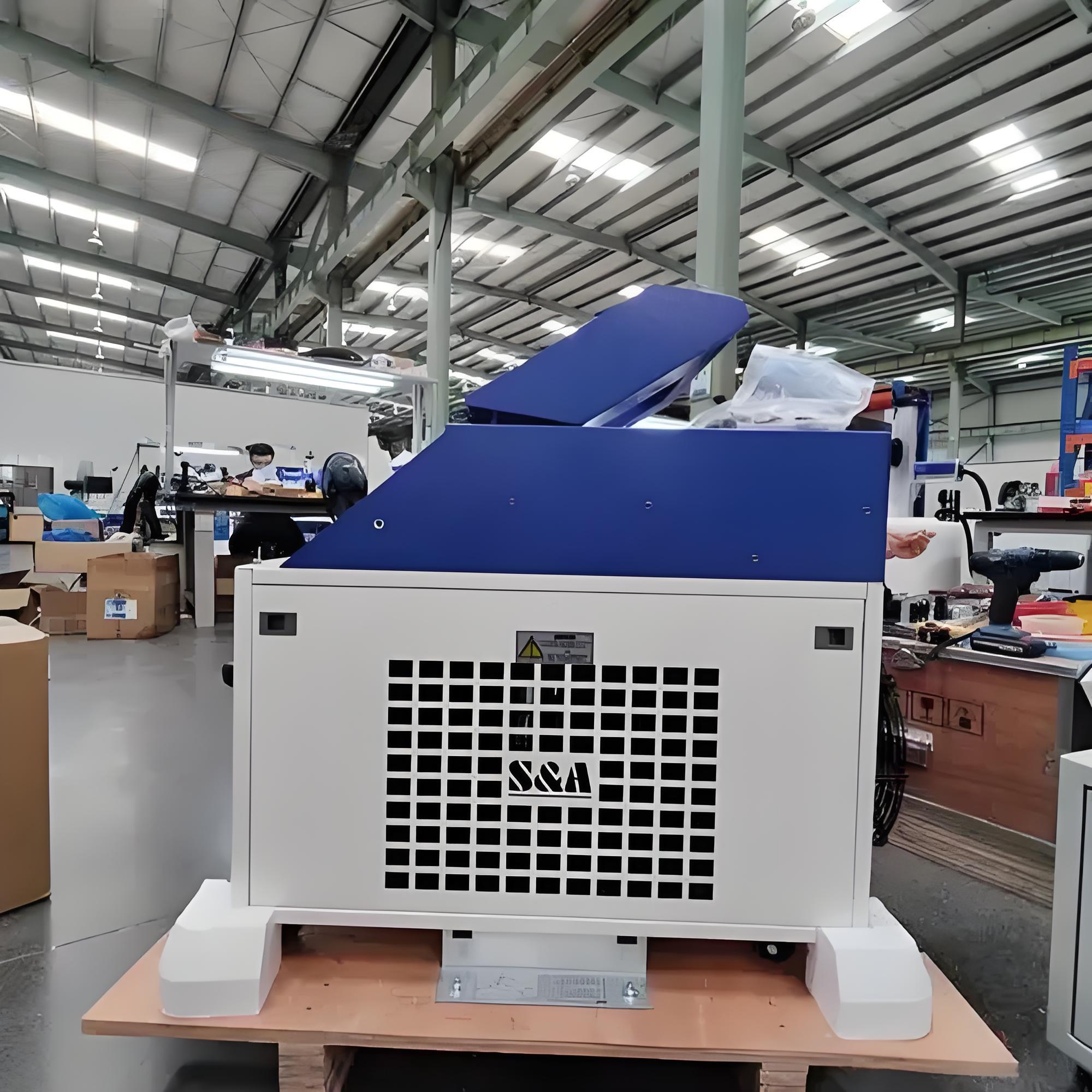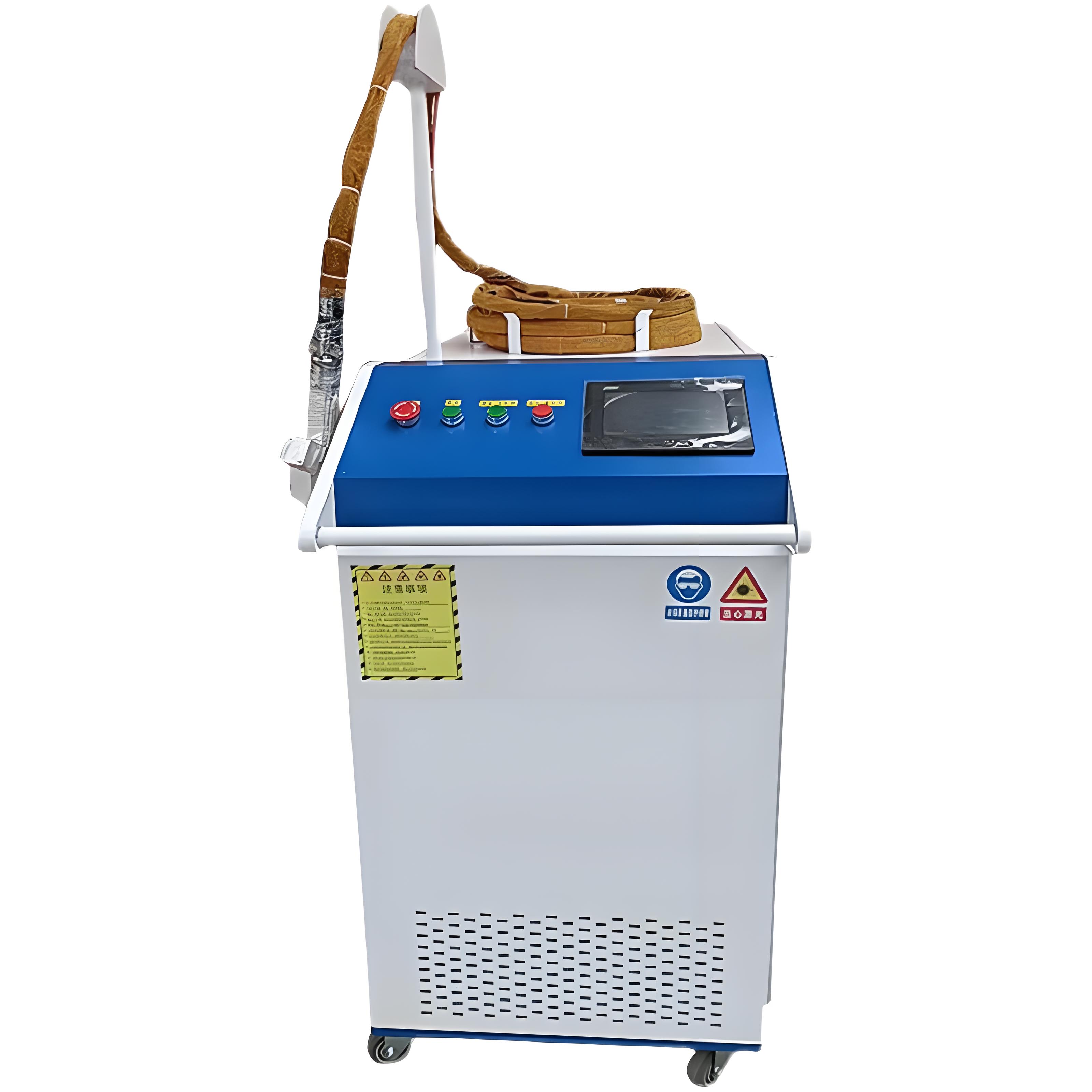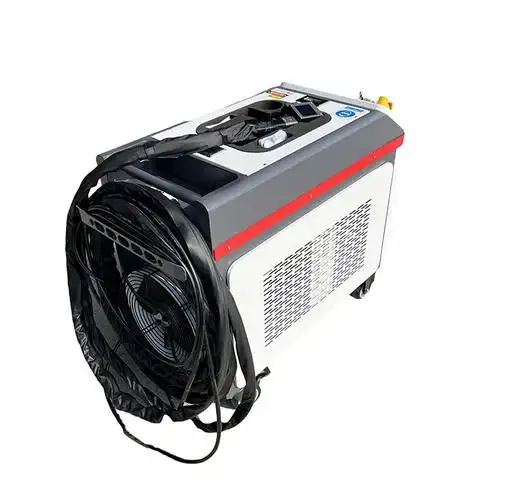When I first encountered laser cleaning technology over a decade ago, I was skeptical. Back then, it sounded almost too good to be true — a beam of light removing rust, paint, or grime without chemicals or abrasives. But years of working with this technology in factories, shipyards, and heritage sites have convinced me: when applied to the right materials, laser cleaning can be a game-changer.
The catch? Not every material is suitable. And using it on the wrong one can cause irreversible damage. That’s why knowing exactly what works — and what doesn’t — is the foundation of safe, efficient laser cleaning.
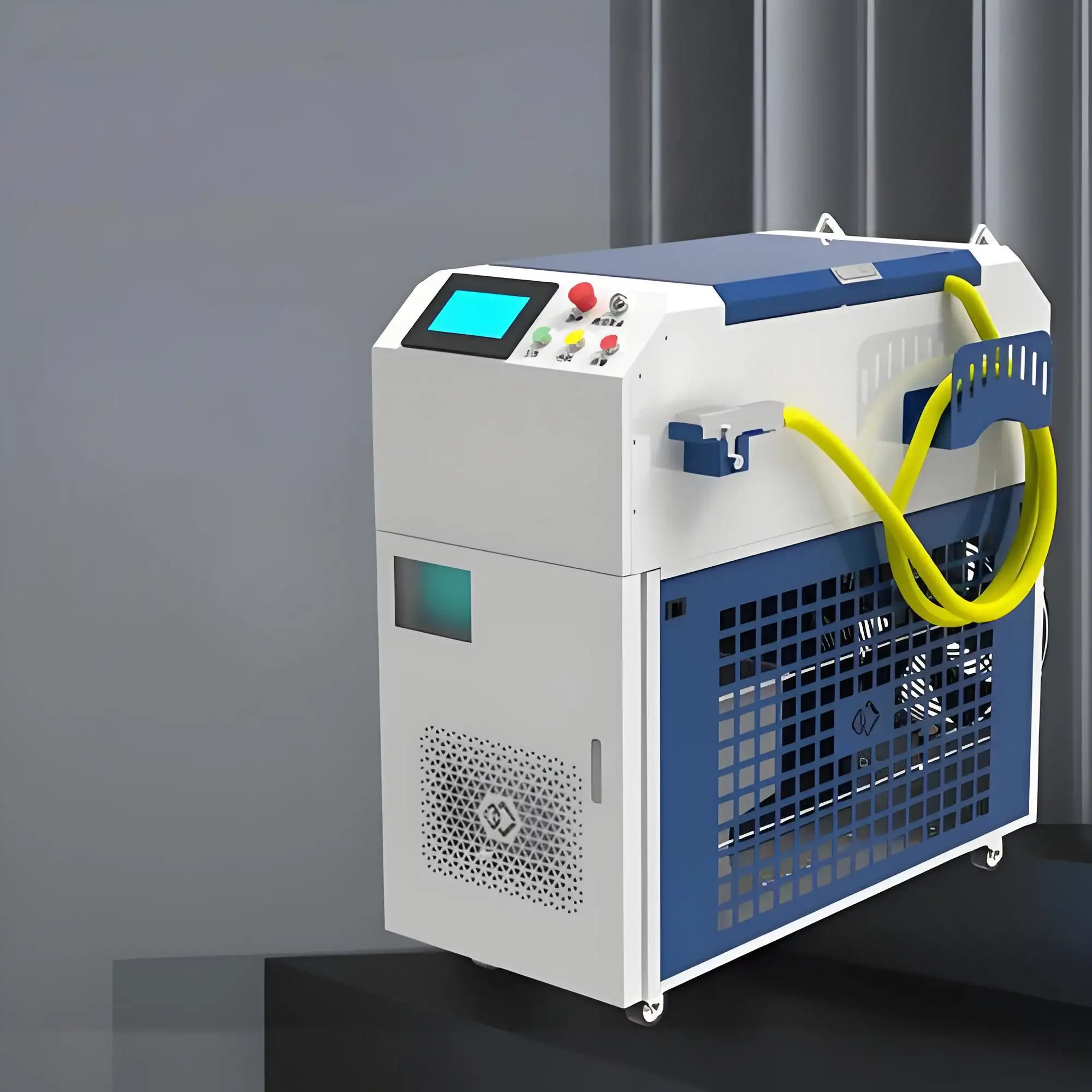
How Laser Cleaning Works in Practice
In simple terms, a high-energy laser beam is directed at the surface. The contaminants absorb the laser’s energy, rapidly heating and vaporizing or detaching from the substrate. The base material, if it reflects or tolerates the wavelength and power used, remains unharmed.
The secret lies in matching the laser parameters to the material. Too much energy on a sensitive substrate, and you can scorch or melt it. Too little, and you’ll barely touch the contamination.
The Materials That Work Best
After countless projects, I’ve found a consistent group of materials that respond exceptionally well to laser cleaning:
| Material | Why It Works Well | Common Applications |
|---|---|---|
| Metals (Steel, Aluminum, Copper, Brass) | High tolerance to heat, contaminants absorb laser faster than metal | Rust removal, paint stripping, weld prep |
| Stone (Granite, Marble, Limestone) | Hard surface, stable under controlled laser energy | Graffiti removal, heritage restoration |
| Certain Composites | Stable resin matrix can handle moderate heat | Mould cleaning in aerospace/automotive |
Stone is another favorite, especially in restoration work, where we can remove pollution crusts without eroding centuries-old carvings.
Materials That Require Caution
Not everything is a straightforward “yes” or “no.” Some materials are in the middle — they can be laser cleaned under the right conditions, but they demand careful testing and parameter control.
Wood: Can be cleaned for certain applications, but scorching risk is high.
Thin metals: Overheating can cause warping if the beam dwells too long.
Painted substrates: If you only want to remove surface dirt, not the paint, you need extremely fine control.
Delicate composites: Certain resins or fiber layouts may degrade.
Whenever we take on these cases, I always run small-scale tests on offcuts or hidden areas first. The goal is to confirm the material’s threshold before committing to a full clean.
Materials Best Avoided
Some substrates simply don’t play well with laser cleaning:
Highly reflective plastics: They can melt or release harmful fumes.
Glass with coatings: Coatings can be damaged instantly.
Rubber: Burns quickly, produces toxic smoke.
Highly polished soft metals (like gold): Risk of surface marking is high unless using ultra-low power.
The damage here isn’t just aesthetic — in some cases, you can change the structural integrity of the material.
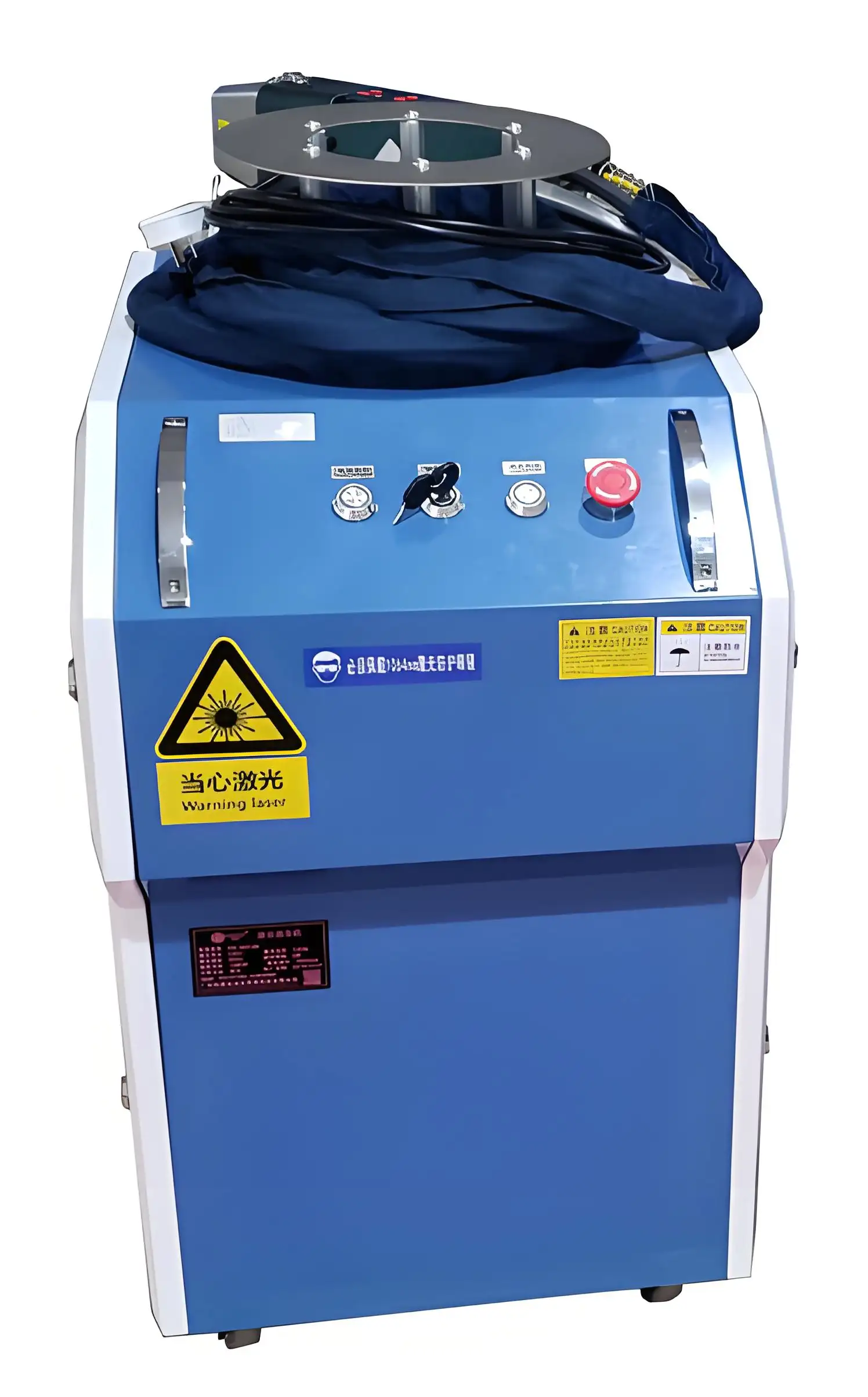
Industry Examples
I’ve personally worked with laser cleaning in vastly different settings:
Shipbuilding: Removing rust and marine growth from steel hull sections before repainting.
Automotive: Cleaning weld seams before robotic inspection.
Aerospace: Stripping paint from aluminum panels without damaging underlying composite layers.
Cultural heritage: Cleaning pollution stains from marble statues in public squares.
In each case, the key was choosing the correct laser type, wavelength, and pulse settings for the material.
Why Material Testing Is Non-Negotiable
Even within the same material category, not all surfaces react identically. A cast aluminum engine block and a rolled aluminum sheet might need different settings. Surface finish, coatings, and even color can influence absorption and heat distribution.
I always tell clients: “Trust the data, not the brochure.” Lab tests or small-area trials are the fastest way to confirm compatibility.
Safety Considerations
Laser cleaning may be safer for the environment than chemicals or abrasives, but it’s not risk-free:
Proper PPE: Laser-rated eyewear is mandatory.
Ventilation: Vaporized material can be hazardous.
Beam control: Avoid accidental exposure to non-target surfaces.
Neglecting these can turn a great technology into a dangerous one.
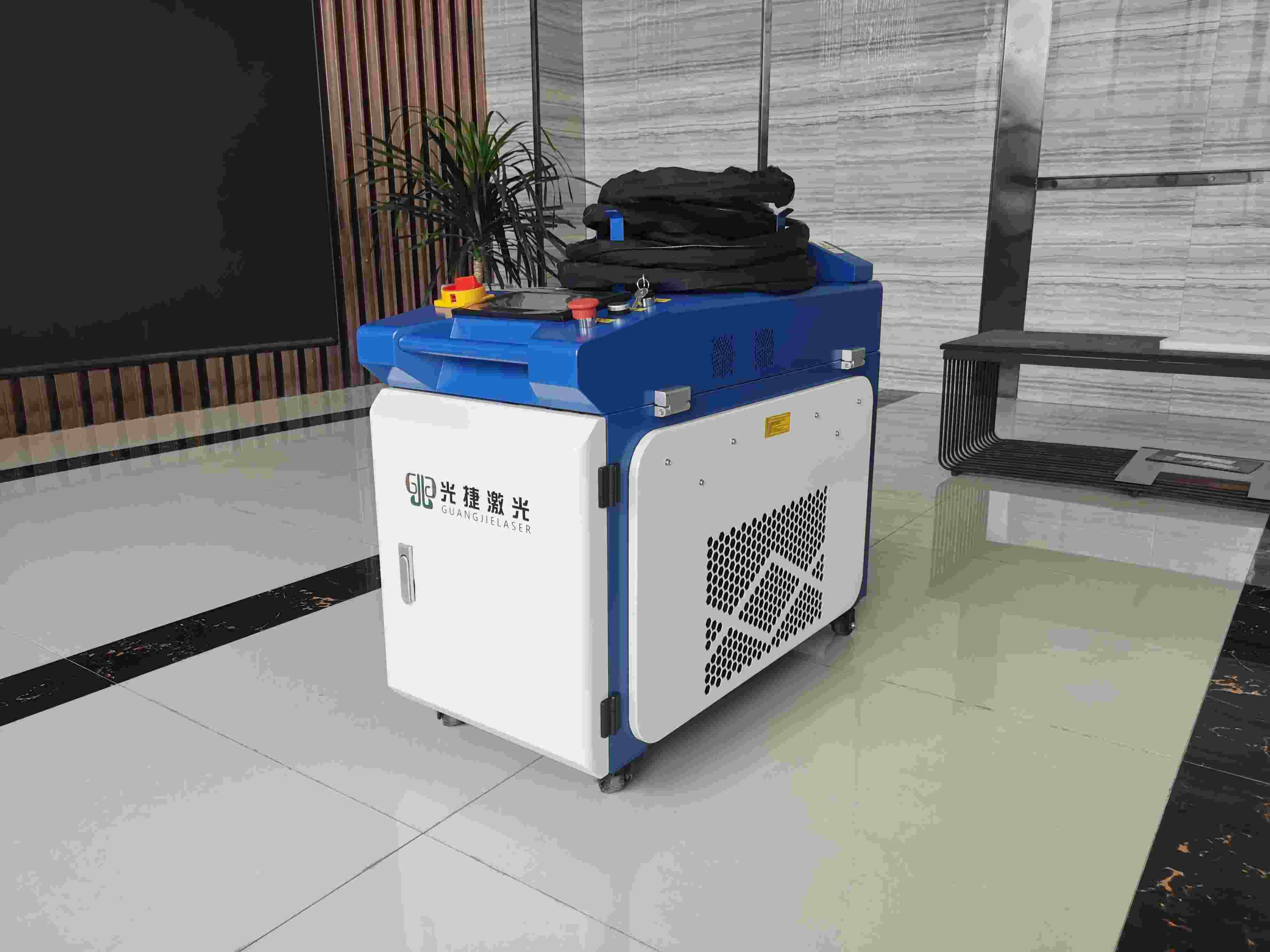
Final Takeaway
Laser cleaning is incredibly versatile — but it’s not universal. Metals, many stones, and certain composites are clear winners. Materials that burn, melt, or react unpredictably should either be tested carefully or avoided altogether.
Think of it like cooking: the right recipe and temperature produce something perfect; the wrong match can ruin the dish. And when you’re dealing with priceless materials or expensive machinery, there’s no second chance.
Related Q&A
Q: Can I laser clean stainless steel without damaging its finish?
A: Yes, stainless steel handles laser cleaning very well if you use proper parameters. It’s common for weld prep or surface oxide removal.
Q: Is laser cleaning safe for antique furniture?
A: Generally no — wood is heat-sensitive and can scorch easily. Specialized low-power systems might work, but chemical or mechanical methods are often safer.
Q: Will laser cleaning remove all types of paint?
A: Most paints can be removed, but the underlying material’s tolerance determines whether the process is safe.
Q: Can glass be laser cleaned?
A: Bare glass can be cleaned with specific lasers, but coated or treated glass is risky and often not recommended.

